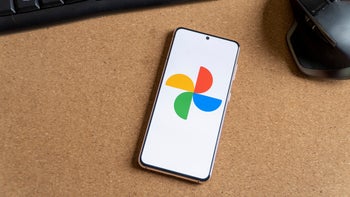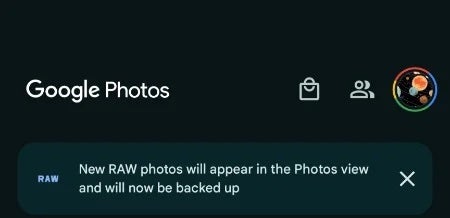Google Photos is now reportedly backing up RAW images by default

Google has reportedly implemented a change to the Google Photos application that is widely used on both Android and iOS device. The change involves the way the application handles RAW files on Android devices and it could impact its users significantly.
Nowadays, many modern smartphones have the ability to capture images from their camera app in RAW format. These RAW images are unprocessed photo files that contain more data than JPEG files, which makes them larger in size, but also gives photographers more flexibility when editing their photos.
As spotted by 9to5Google, Google Photos appears to now be backing up these RAW images by default on Android devices that have that file type enabled in their Camera app. This can become a real problem as it would undoubtedly affect storage limits in the Photos application as well as data caps in the instances where backup via mobile network is enabled.

Image Credit - 9to5Google
9to5 found this to be the case on a Pixel 8 device that had previously taken RAW images from its camera, where the next day a notice appeared within Google Photos stating that "New RAW photos will appear in the Photos view and will now be backed up." More over, the images were automatically uploaded to Google Photos backup and appeared in the main photo grid, marked with a "RAW" badge on the top right corner. Opening the full image revealed both the RAW and JPEG versions of the photo.
However, this only seems to be happening with new images taken with the device and not existing ones in the library. It is unclear at this time if this is only happening on the Pixel 8 series as I was unable to replicate it on a Pixel Fold using the latest version of Google Photos.
Currently, all Google Accounts include 15 GB of free storage, which is shared across all Google applications. Most users will blow through that storage pretty quickly, especially when you add up the size of Android device backups and Gmail attachments to that number.
Unless you opt for external storage solutions, if you use Google Photos, you're probably paying for a Google One plan that offers additional cloud storage. Hopefully, Google addresses this issue and clarifies if this is the new default behavior for the application — and what to do if storage is a concern.










Things that are NOT allowed: